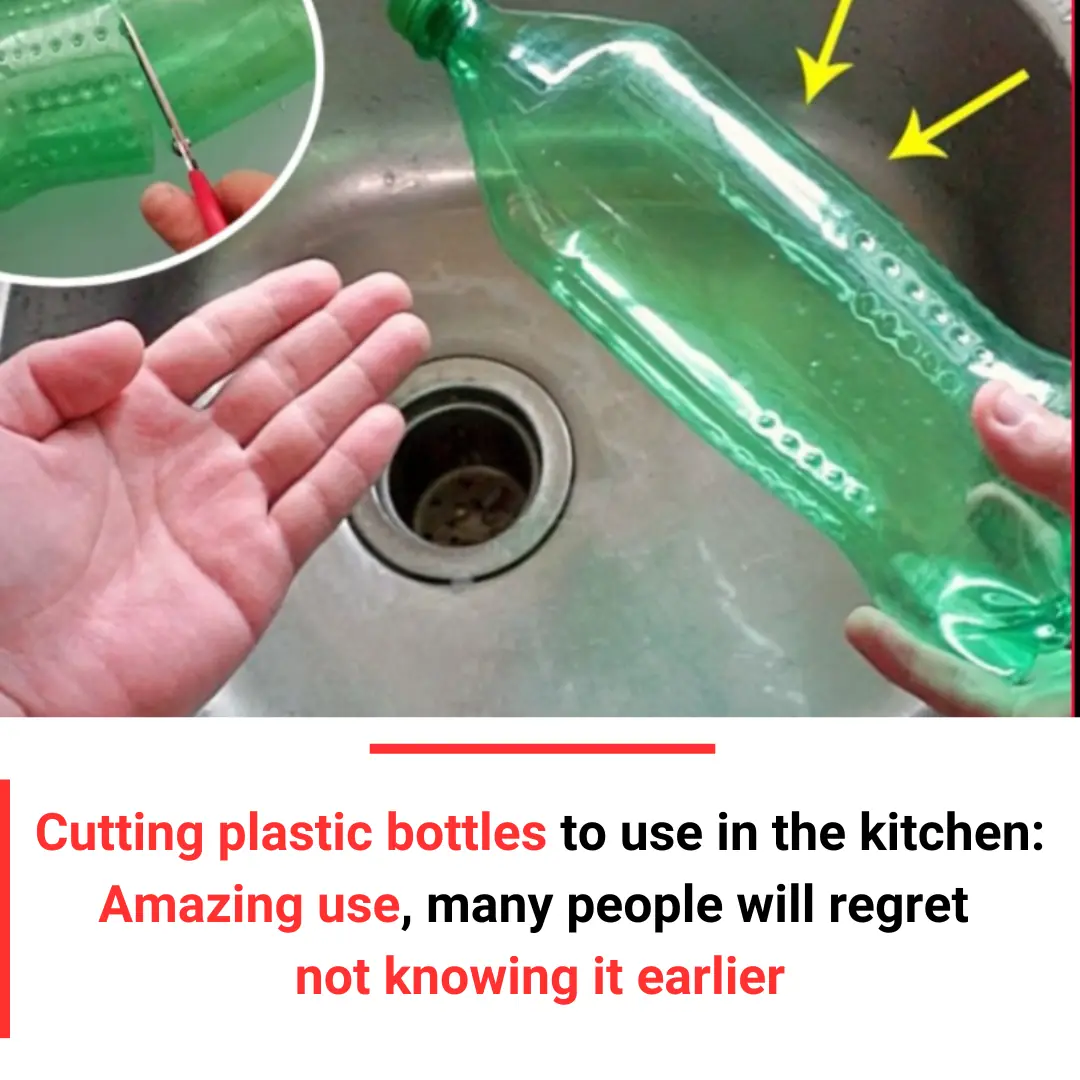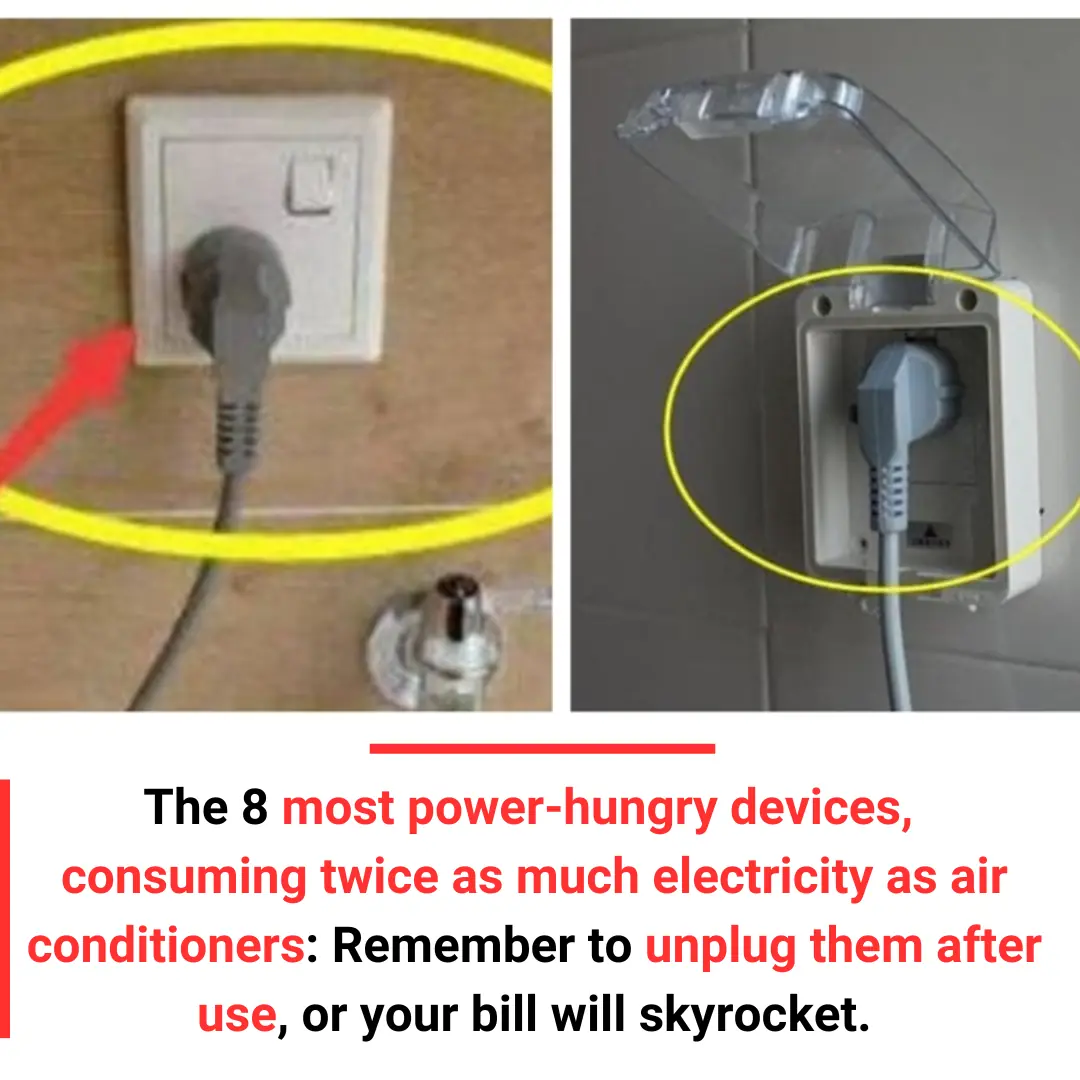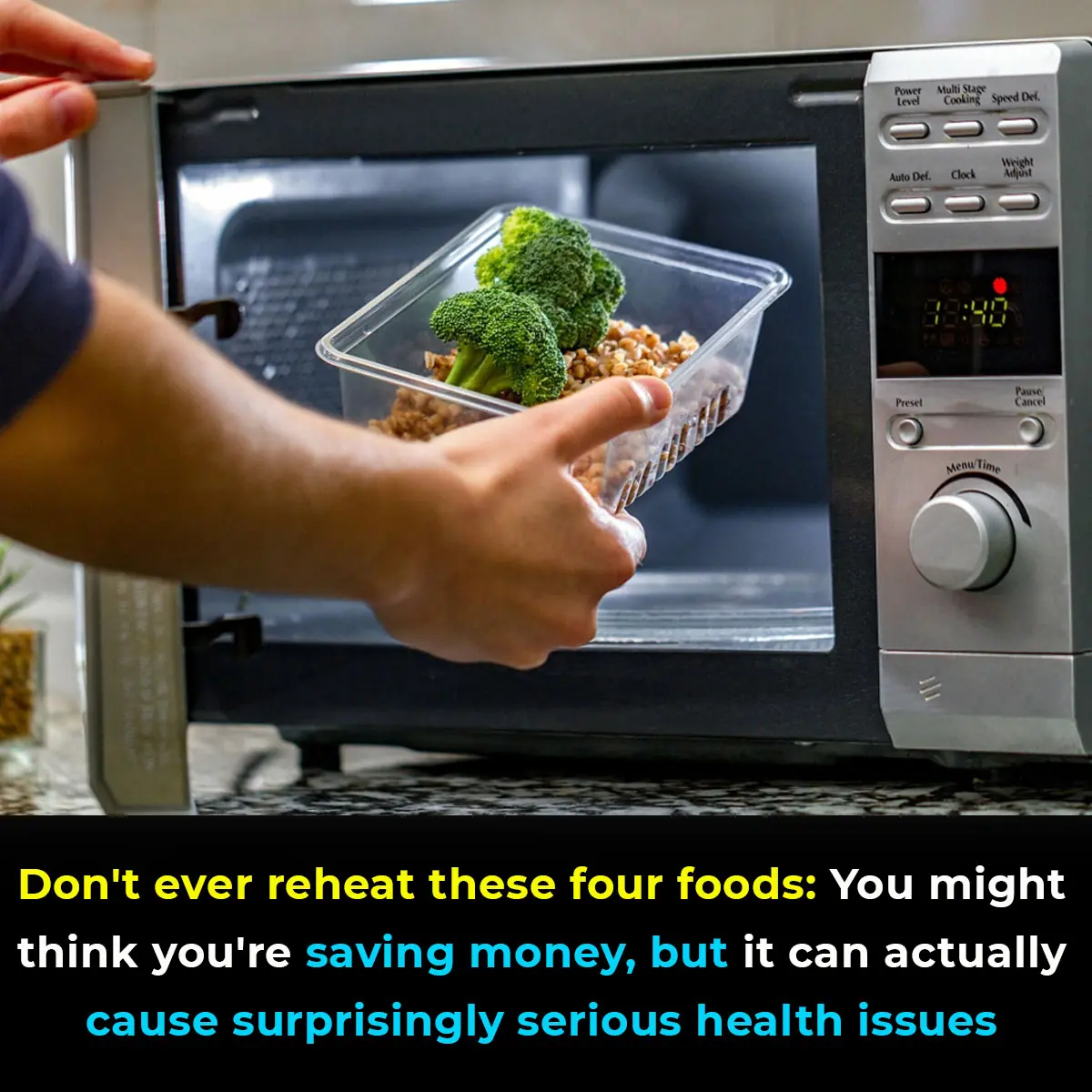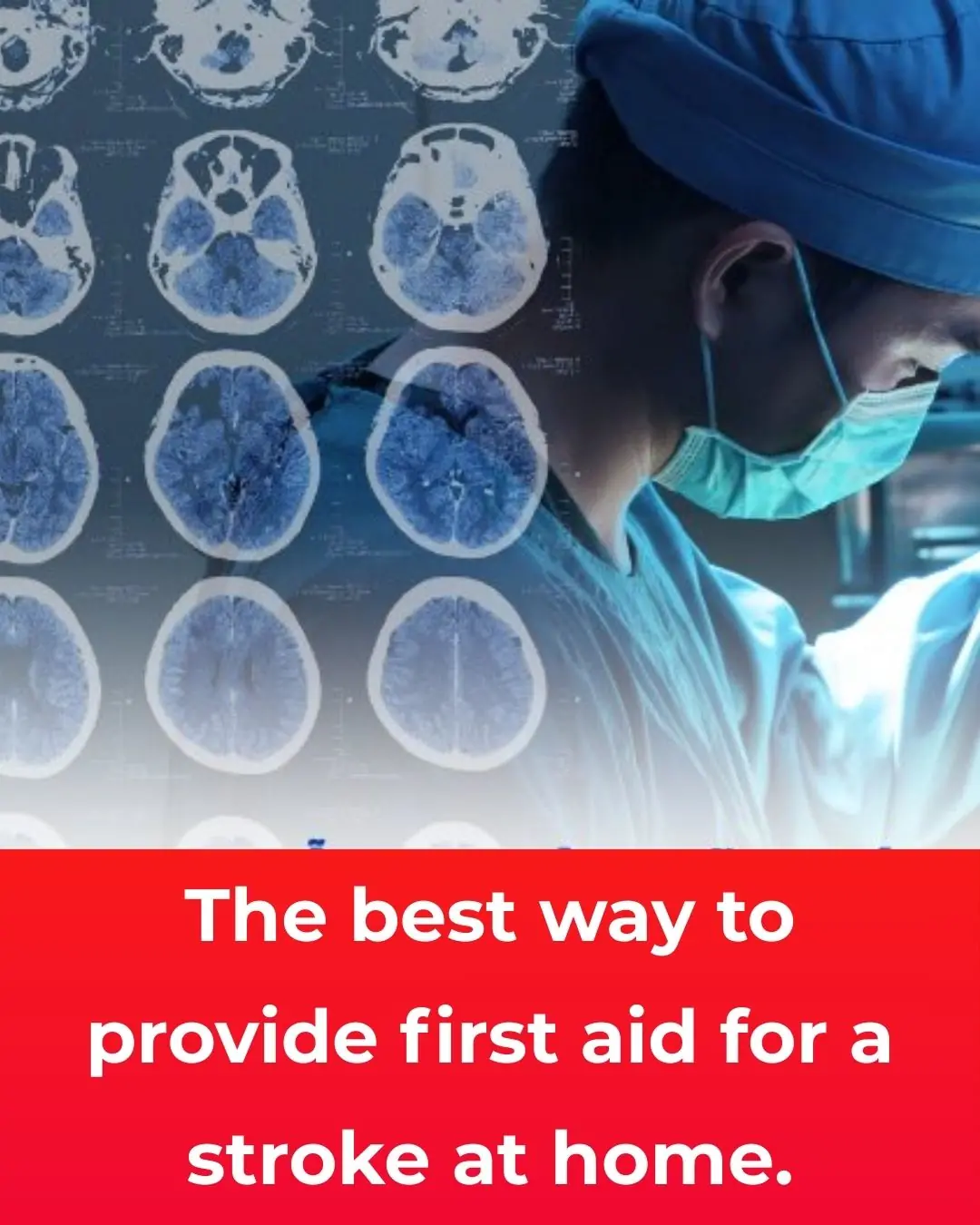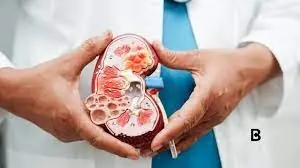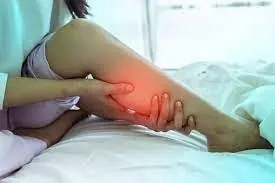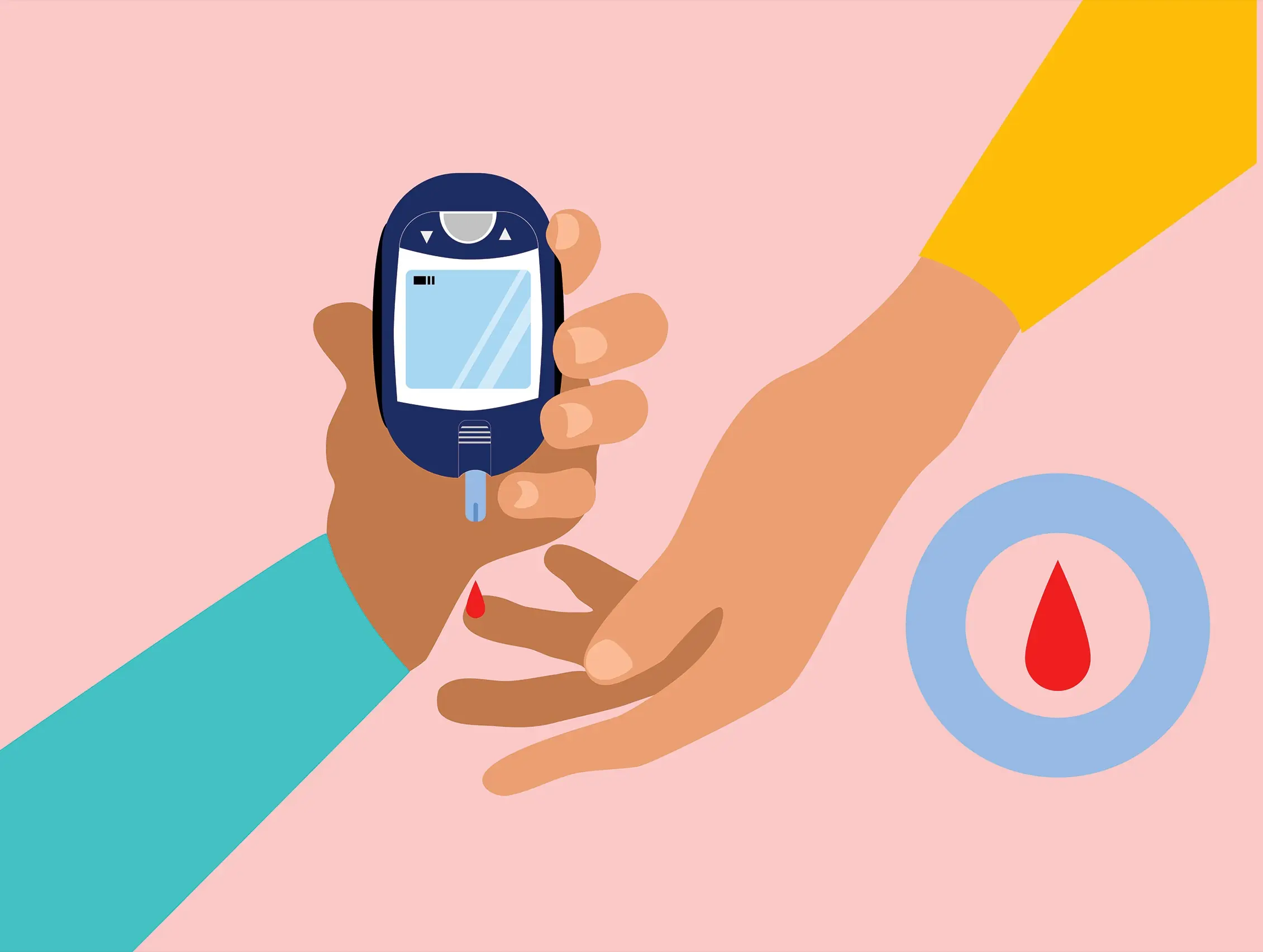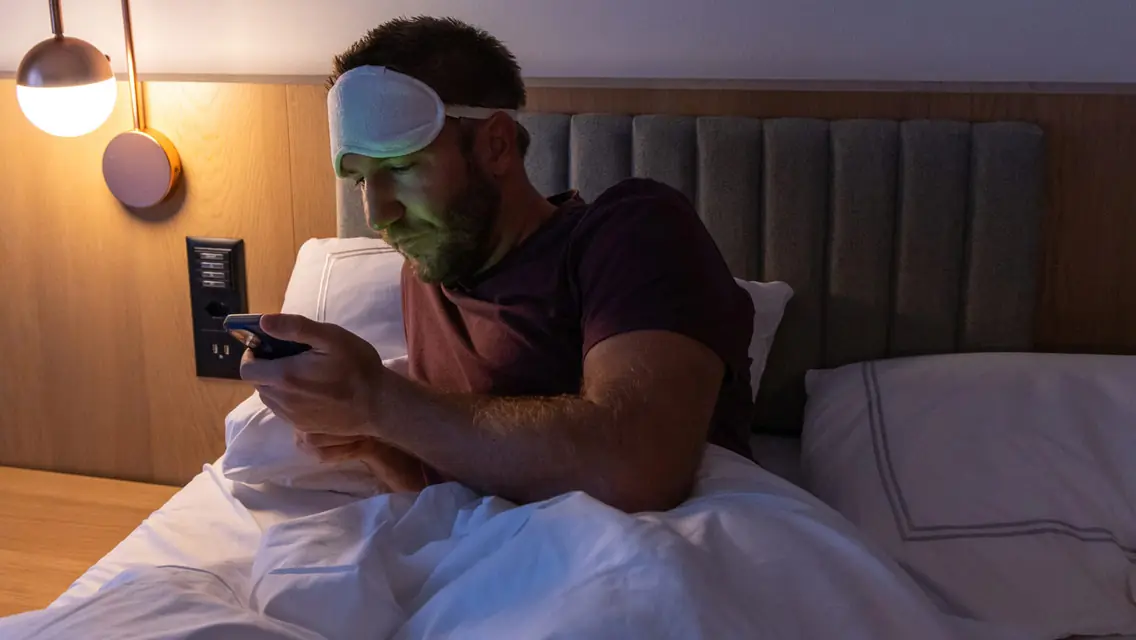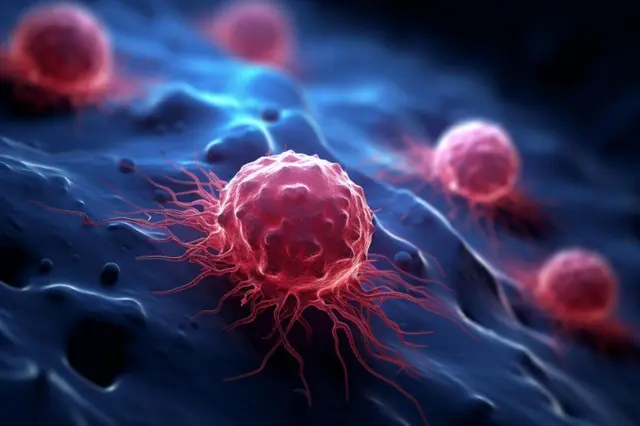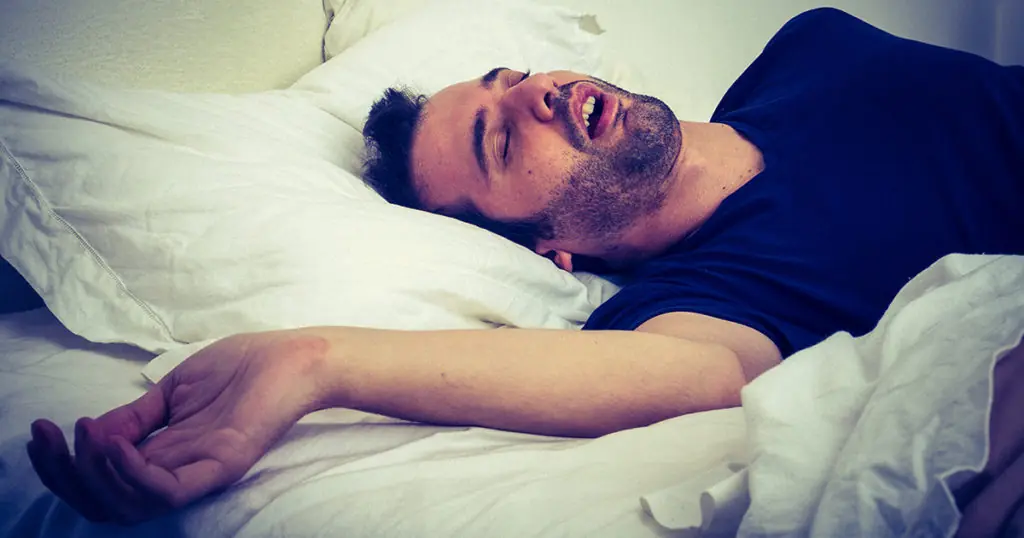What is a Stroke?
A stroke occurs when there is an issue with the blood flow to the brain, causing brain cells to become damaged and eventually die. This damage disrupts the normal functioning of the body, often leading to weakness in the face or limbs. In some cases, only one side of the body or a single limb may be affected. 
Signs and Symptoms of a Stroke
Common signs and symptoms of a stroke include:
-
Drooling or dribbling from the mouth
-
Numbness or weakness
-
Blurred or impaired vision
-
A sudden, severe headache
-
Difficulty maintaining balance or coordination
-
Dizziness or lightheadedness
-
Difficulty speaking or understanding speech
First Aid Steps for a Stroke
1. Use the FAST Test to Identify a Stroke:
-
Face: Is there weakness or drooping on one side of their face?
-
Arms: Can they lift both arms equally, or does one arm drop?
-
Speech: Is their speech slurred or hard to understand?
-
Time: If you observe any of these signs, call 999 immediately.
Strokes are commonly caused by a blockage in the blood vessels supplying the brain, leading to brain damage that can affect speech, vision, appearance, and bodily functions.
2. Call 999
A stroke requires urgent medical attention. The quicker the person gets help, the less damage will occur to the brain.
3. Reassure While Waiting for Help
While waiting for the ambulance to arrive, reassure the individual that help is on the way. Help them to sit or lie down comfortably and keep them calm.
Peter's Story: Learn the Signs and First Aid Steps
Peter's story illustrates how to recognize the symptoms of a stroke, including the use of the FAST test, and when to call for emergency help. Skip to 1:29 to review the essential first aid steps.
You can also watch a British Sign Language version of how to assist someone who may be having a stroke.
Frequently Asked Questions About Stroke First Aid
How can I help if the person is scared or anxious?
Stay calm and let the person know that help is on the way. Help them sit or lie down in a comfortable position, and continue to offer reassurance until the ambulance arrives.





